To understand and then appreciate technology’s role in our learning and our lives, we need to understand the essence of what technology is and what it allows us to do. When we move beyond brand names and the latest technical features we can see that technology is meant to allow us to increase our production, communication, and give us the ability to interface and interact with the world around us.

Image by Gregordy / WikiMedia Commons
There isn’t a single industry that exists today that doesn’t utilize the power of technology to increase or enhance its productivity, efficiency, or quality. Why then is education still discussing, and at times even struggling to validate, how technology can transform teaching, learning, and meaningful experiences in both?
Today, the word technology will evoke the images of iPads, laptops, and 4K displays, but I assure you that in its essence, and by definition, they are no more technological than the pencil and printing press before. To understand and then appreciate technology’s role in our learning and our lives, we need to understand the essence of what technology is and what it allows us to do. When we move beyond brand names and the latest technical features we can see that technology is meant to allow us to increase our production, communication, and give us the ability to interface and interact with the world around us.
Technology is becoming increasingly intelligent. Hotel rooms, refrigerators, even our coffee makers are not just automated but programmed to react and respond to best serve our needs, all while ensuring that the highest levels of efficiency and effectiveness are achieved. Our methods of communication, transportation, and service experiences, revolve around technological advances. Many of these new technologies didn’t exist even ten years ago and are still rapidly developing. You find technology creating an impact everywhere from hospitals, auto mechanics, airports, and even the grocery store. Technology has nearly changed every facet of industry, yet education still lags behind and technology is questioned. In 2017, we can still wonder about the ubiquitous nature of technology in education, and at the same time you would be hard pressed to find someone committed to a medical professional, mechanic, or contractor who opts out of using technology. Why is education different?
Access and availability are still a conversation because we have not yet addressed why technology is critical to successful teaching and learning. Technology’s impact on education isn’t going to be through the volume of technology present, but how it can shift and redefine the teaching and learning process. Technology is moving forward at a rapid pace in a direction that is mobile, handsfree, and voice responsive. We cannot view education in a different light and not provide students with the same tools that the real world interfaces with everyday. You might not (yet) have a smart lightbulb or Amazon’s Alexa but those days are numbered as companies incorporate these technologies into our everyday experiences whether we like it or not. 15 years ago you would be hard pressed to find a school that didn’t offer a keyboarding program. Today, while schools continue to invest hundreds or thousands into keyboarding, technology companies are spending millions to make them obsolete. Education needs to be on the edge of what technology is relevant now, not to jump on the trending bandwagon but be aware of how best to prepare our students for the year 2030 when they begin their professional journeys.
The Future of Educational Technology is Mobile, Creative, and Adaptive
Mobile technology allows us to experience the world around us. It directly impacts our ability to survey, compile, and engage with people, places, and things. So how does this interface with education? Well it depends on your definition of education, and what learning and develop you value. If you value memorization, fill in the blank, note taking, and lecture listening skills, then the purpose and value of technology will be very different than if one values creativity, complex nonlinear problem solving, critical thinking, reflection, and collaboration. Education should and must move beyond the 19th century model. The real world doesn’t function this way. While students must master the skill of memorization, documentation, and written communication, those must be components of a larger and more meaningful learning experience. With this in mind we can then look at technology as a tool to connect with others and capture experiences. Only then will technology use becomes authentic and access to it becomes more than justified but a requirement. At this point technology becomes a catalyst to help students acquire skills beyond memorization and essay writing, that will prepare students for the workforce of the future.
The World Economic Forum lists skills such as creativity, critical thinking, and emotional intelligence as top ranking skills that will be prerequisites for success in the workplace of tomorrow:
Yet today’s educational framework, especially one void of technology, seems to assume that these skills are either not important or will be mastered at some later date. When we consider expert projections like the one above, coupled with technology’s saturation in all areas of our life, then the lack of access and availability of technology at school will seem out of place. Technology should be as ubiquitous in education as it has become in the rest of our lives.
To better understand this approach to technology’s role in learning, let’s discuss the learning experience of a 1st grader in science. Students can fill out worksheets, watch a video, and draw a picture. They can also take all of their research and learning that they encounter including their own videos and drawings, and develop a two minute film to present their understanding. This learning product not only demonstrates their understanding of the topic, but, more importantly, it does so in a medium that is portable, shareable and beneficial to others. We must have an honest conversation when looking at the value in student work beyond knowledge assessment. Can students develop final products that others can learn and benefit from? To achieve that level of learning, students can no longer produce generic fill in the blank learning to indicate understanding of classroom content and its application. They need to actively create something to be shared with others.
This level of ubiquity and integration allows students to view technology as a tool to reach new heights as they discover creative and ingenious approaches in their learning and skill development. To achieve this requires all stakeholders to be involved in the education process including educators, parents, and students. Each stakeholder must look at their role in understanding how technology allows for the access of information, how to synthesize and reconstruct knowledge, and most important of all, who and how they can share their understanding and final product of learning beyond the teacher’s grade book. The success of the above rides on ensuring like any component of a school’s success, that all stakeholders are part of the development, launch, and commitment to sustainable growth.
Stakeholders Need To Know Their Role In Technology Use and Integration
School Leadership and Faculty
Schools must invest in technology in a way that is in line with their mission and vision, rather than having technology define them, or worse contradict them. Do you want technology to promote mobile and active learning around campus? Do you want the walls of your classrooms to disappear? Do you want students to be actively engaged in developing creative solutions to represent their learning through music, drama, and media reach projects? If the answer is yes, then a laptop would not be your solution. The best device to fit your institutional mission would be a tablet with a detachable keyboard. Whether its iPad or Android the point is that these questions should drive the technology, not solely based on cost of purchase and maintenance, or ease of I.T. management.
Parents
Parents need to partner with schools and be supported by them as well. The term lifelong learner must extend to the parent body. Parents must understand that for students and schools to embrace change, parents too must be open to change and growth. This will show not just schools, but our children that the parent body is commitment to learning and discovering new things. How familiar are you are with technology? Do you need training? Do you need a Q&A, FAQ, or link to resources? If technology comes home with students, it is critical that parents are informed and aware of what the technology is capable of doing. Remember, a pencil is technology, but parents don’t have to worry about their pencils connecting to the internet.
Students
I believe that students have the most critical role of in the education process, since it is they who will validate and reveal what methods, tools, and strategies will empower them to achieve their highest potential. It goes beyond how are they are supported and trained, but rather how they are listened to, and sought out for their input and advice on what will help them love learning and desire to work hard. If we want full buy-in, we need to not just hold students accountable to our expectations, but support them in a way that technology use and learning at large is intrinsically motivating. Students in a successful technology infused learning environment should be able to answer the following question regardless of age or ability. What are ways you can demonstrate (show) your understanding of what you are learning? When we reach this level of thoughtfulness that goes beyond “technology use,” we are truly preparing students for the future where technology is not an option, but simply part of learning and life.
Ubiquity, access, and availability of technology tools and resources are vital for students to be prepared for a future that does not yet exist. They need to be introduced to technology as part of their educational growth and development, so that they will see them as tools that will meet their professional success and needs. If we are successful in this, then technology use will be authentic and fulfill its purpose of supporting our students and children in becoming inquisitive, independent, and inspired lifelong learners.
Michael Cohen, The Tech Rabbi is a designer and technologist turned educator. He is an Apple Distinguished Educator and Google Certified Trainer who advocates, speaks, writes, and facilitates workshops on creativity and innovation. He works with schools on a local and national level to help them develop a creative mindset to influence and and empower individuals in becoming confident and passionate problem solvers. Michael shares his story of creativity and innovation through social media, and conferences such as Apple Education Events, EdTechTeacher Summits, iPadpalooza, ISTE, and SXSWEdu. He is the host of the “Educated By Design” Audio Experience Postcast where he features experts who share how they ideate, plan, and implement creative solutions to solving complex problems.
Michael currently lives in Los Angeles with his wife and four children, and is still an avid skateboarder.
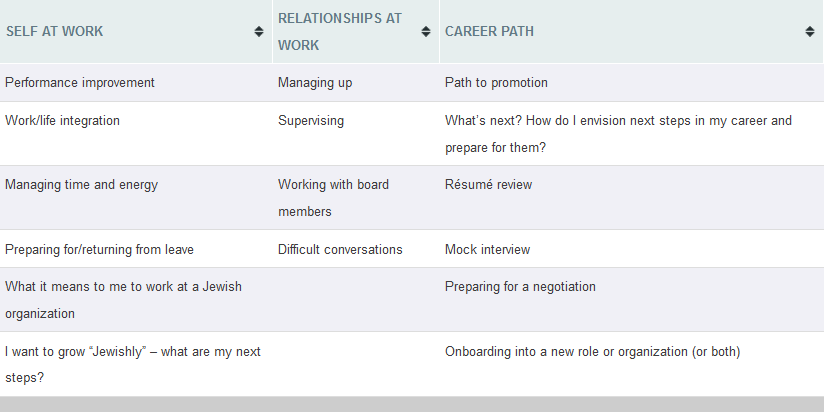
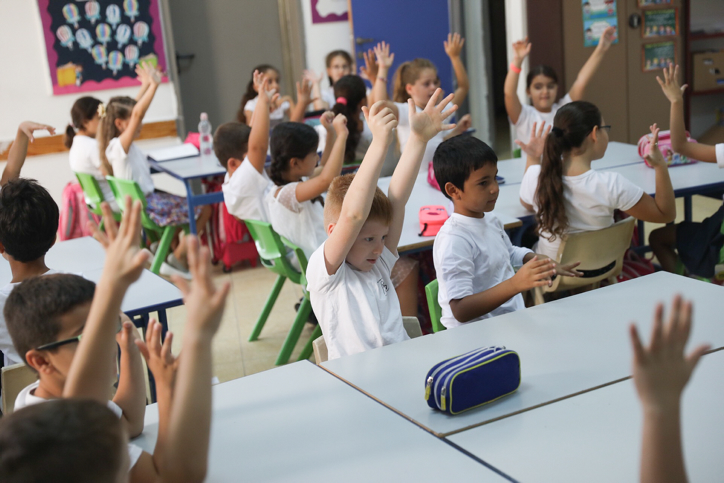
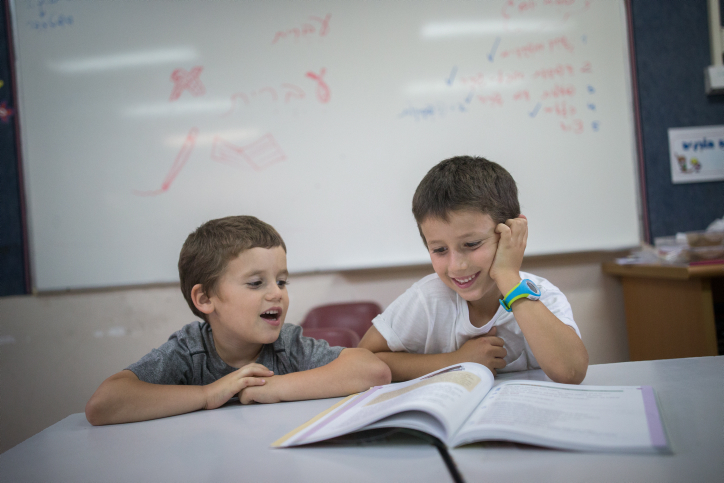
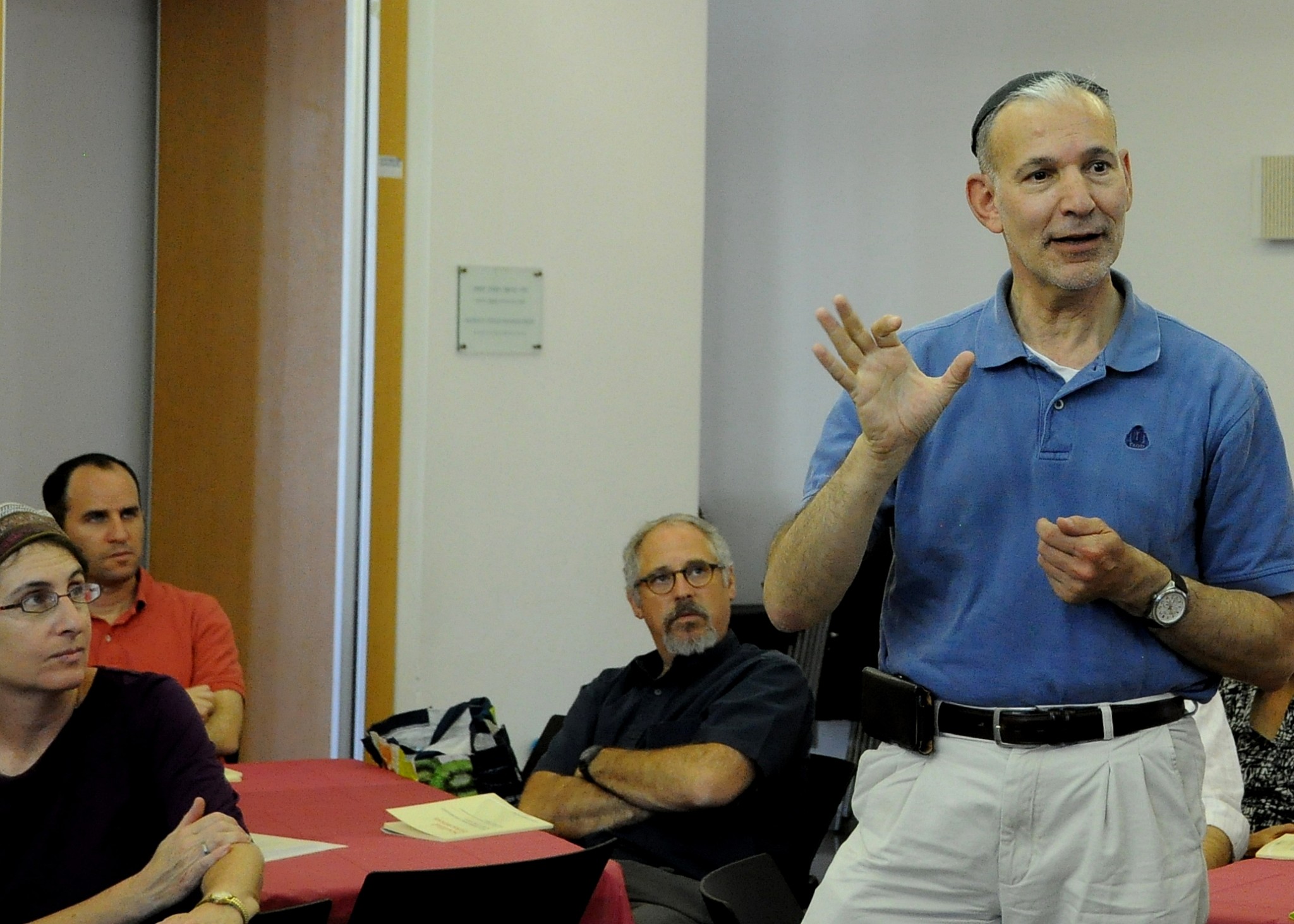


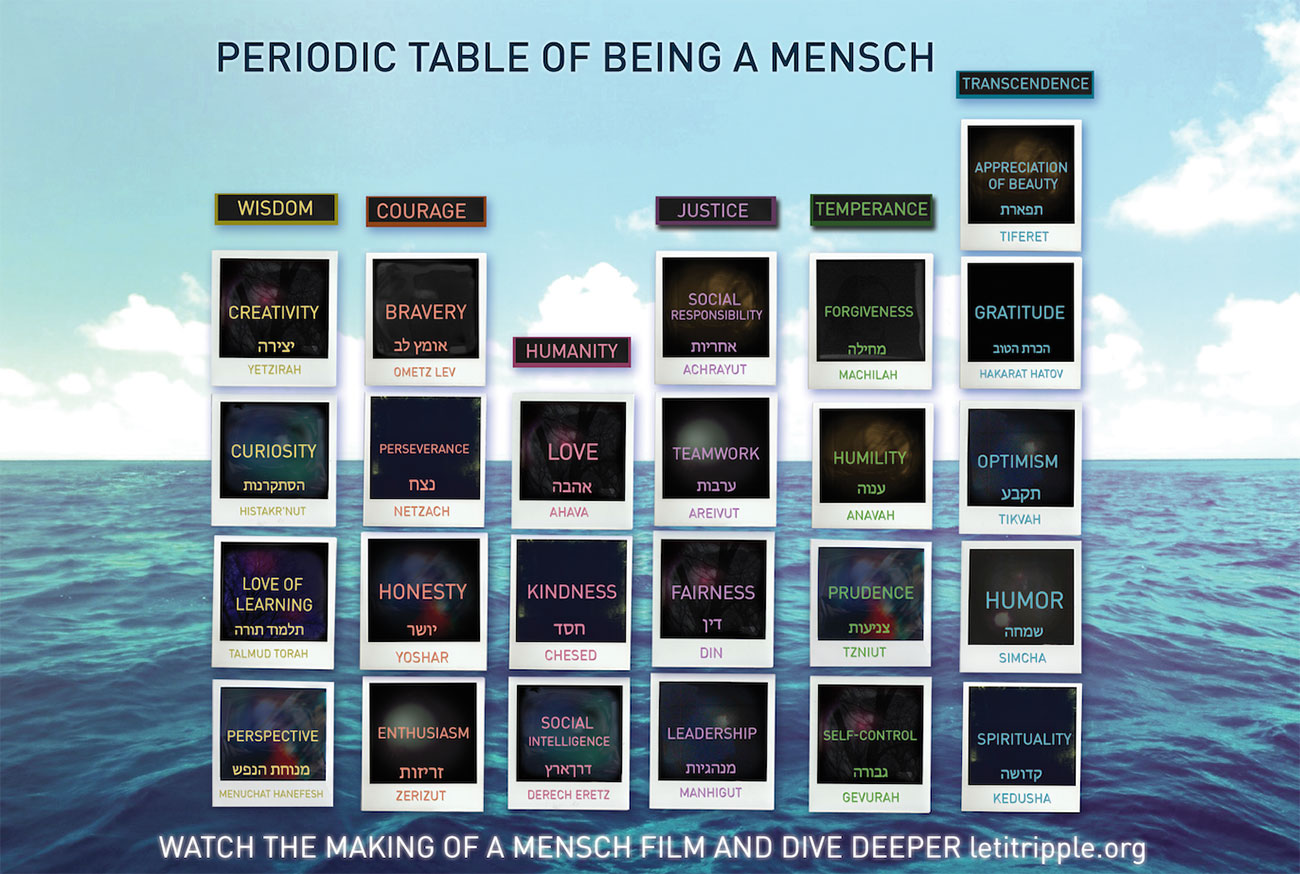







 For funders who are uncomfortable with the risks associated with innovation and experimentation there is still room to meaningfully contribute. This can be achieved by supporting knowledge management and best practices about effective solutions. And also by actively participating in mobilization of resources for scaling and sustaining successful innovations.
For funders who are uncomfortable with the risks associated with innovation and experimentation there is still room to meaningfully contribute. This can be achieved by supporting knowledge management and best practices about effective solutions. And also by actively participating in mobilization of resources for scaling and sustaining successful innovations.




 Building knowledge for the ecosystem
Building knowledge for the ecosystem
